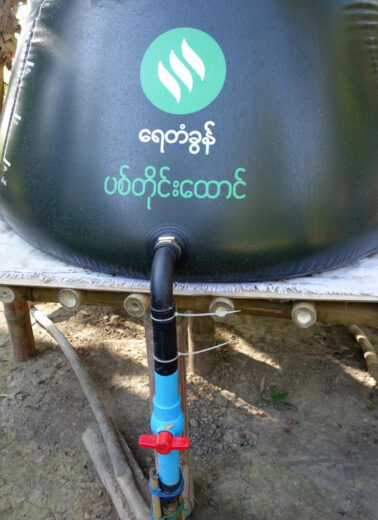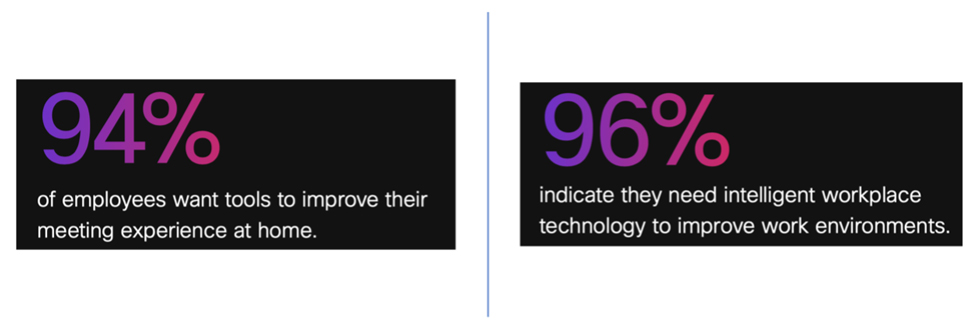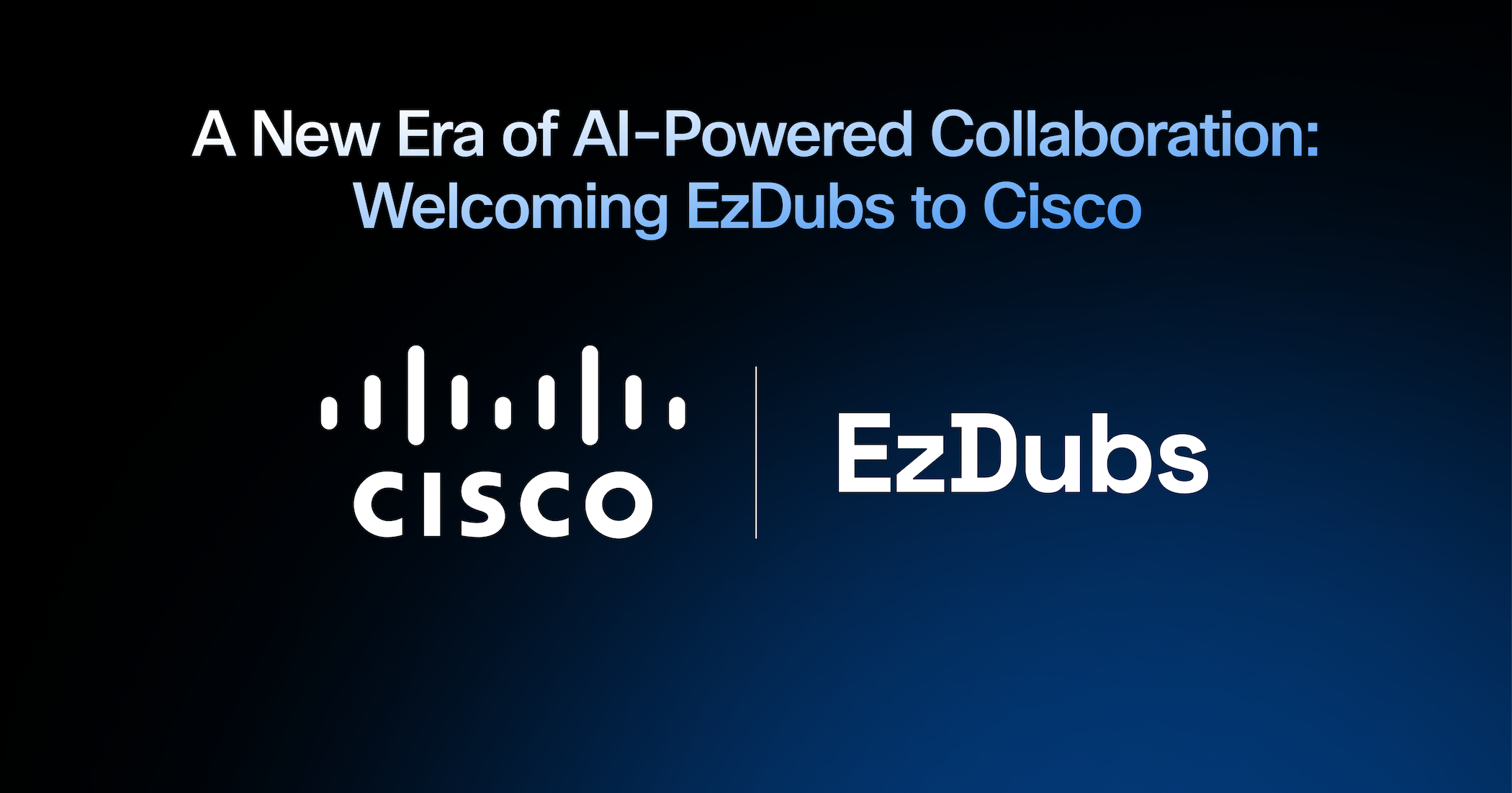Summary: Collaboration skills can be defined as the interpersonal and intrapersonal qualities and competencies we leverage to collectively solve a problem or make progress toward a common goal. They routinely top the list of skills companies need most, and, like any group of skills, they can be developed. In this post, we will explore what collaboration skills are and how to improve them.
Contents:
- An example of collaboration skills in action
- What are collaboration skills?
- Why are collaboration skills important?
- How to improve your collaboration skills
An example of collaboration skills in action
Sweat from my brow dripped into the soil, and in that moment I felt more connected to the small-plot farmer standing before me. How many gallons of sweat has he dropped right here? I wondered.
At 63 years old, Thein Than had the wiry build and strong hands of a man who’d spent a lifetime pulling and twisting, lifting and lowering, digging and filling. It was 2016, and I had traveled to Myanmar to write a feature for Stanford Social Innovation Review. In the humid air and open skies of his small farm in Myanmar’s Ayeyarwady Region, he told me story after story about how his physical labor was now significantly reduced.
Why? Not because he was working less. Or because his farm was producing less. Or even because he hired employees to do the work. It’s because many of the tools he had relied on for decades—including his trusted bamboo stalk with a rusted water bucket on each side—have been replaced by tools that, to him, are infinitely better. So much better that he’s been able to double his family’s income and pay the educational expenses of his four children.

Thein Than and Proximity Designs
When we think about tools improving, we often think first about the underlying technology that enabled the improvement. But technological improvements do not arise spontaneously. They tend to be the outcome of collaboration skills in action.
In the case of Thein Than, his life was made easier thanks to a collaboration between himself, other farmers in the Ayeyarwady Region, and Proximity Designs, a social business that serves Myanmar’s underserved rural families by collaborating with them.

Proximity develops cost-effective solutions not by dreaming up ideas in a faraway corporate office but by being in “proximity,” by spending time and often co-creating with those they most want to serve.
The collaboration skills I saw them use—including applied empathy, the creation of psychological safety, and listening without judgment, among others—have propelled their success and allowed them to dramatically improve the lives of their customers. In 2019, thanks in large part to their empathy-driven approach to design thinking, they made Fast Company’s list of the 50 Best Workplaces for Innovators.
This five-minute video from the Skoll Foundation provides a glimpse into how they work:
What are collaboration skills?
Collaboration skills can be defined as the interpersonal and intrapersonal qualities and competencies we leverage to collectively solve a problem or make progress toward a common goal.
These skills all fit under the umbrella of emotional intelligence, but here’s one easy way to remember the difference: interpersonal is about how you directly interact with others, while intrapersonal is how you interact with yourself. There’s a clear connection between the two. Intrapersonal development involves building self-awareness, a quality that can inform the perception of our interpersonal qualities.
Definition of collaboration
Okay, with that in mind, let’s take a step back to define collaboration before we dive deeper into skills. There are many collaboration definitions out there, but one of the most cited comes from a 1995 conference paper titled The Construction of Shared Knowledge in Collaborative Problem Solving (link here, purchase required). In the piece, authors Jeremy Roschelle and Stephanie D. Teasley define collaboration like this:
“Collaboration is a coordinated, synchronous activity that is the result of a continued attempt to construct and maintain a shared conception of a problem. We make a distinction between ‘collaborative’ versus ‘cooperative’ problem solving. Cooperative work is accomplished by the division of labour among participants, as an activity where each person is responsible for a portion of the problem solving. We focus on collaboration as the mutual engagement of participants in a coordinated effort to solve the problem together.”
Synchronous and asynchronous activity
If you are wondering, yes, they also make a distinction between synchronous and asynchronous activity because their focus was on synchronous face-to-face collaboration. Now, as a quick refresher, the “synchronous activity” they mention refers to an important distinction in collaboration. Synchronous communication happens in real-time (i.e., video conferencing or a phone call). Asynchronous communication has two phases: message delivery and message reception (i.e., email or text messaging).
In today’s remote and hybrid workplaces, it’s critical to consider the collaboration skills and tools necessary for both synchronous and asynchronous communication. Asynchronous is talked about far less, so I’d like to give a special shout out to Vidcast. Because I am part of a busy, distributed team at Webex, I’ve found Vidcast to be a helpful tool. It’s an asynchronous video solution that allows us to spend less time trying to align our calendars to book meetings and more time focusing on what matters. Here’s a quick demo:
How collaboration skills relate to effective collaboration
With that baseline definition of collaboration in place, let’s understand collaboration skills by exploring how they map to the larger pillars of effective collaboration. A 2014 paper titled Creating a Collaborative Organizational Culture from the University of North Carolina’s Kenan-Flagler Business School refers to these collaboration pillars as “building blocks,” and the authors specifically highlight these three:
- Trust
- Communication
- Shared Vision and Purpose
And while they state that this list is not exhaustive, they also identify the following nine collaboration skills:
- How to embrace change
- How to ask for input from others
- How to share information with others
- How to listen for understanding
- How to provide constructive feedback
- How to use negotiation skills
- How to recognize and reward others
- How to improve self-awareness
- How to reach consensus
At this point, you might notice that these nine skills and the three skills I saw Proximity use (applied empathy, the creation of psychological safety, and listening without judgment) all ladder up in various ways to the three building blocks of effective collaboration. The truth is, as I sit here thinking about the various collaboration skills I’ve used over the years, I can’t come up with one that doesn’t fit into one or more of these building blocks.
If you are anything like me, you may also notice how a few of these collaboration skills, such as “improving self-awareness,” can be seen as lifelong pursuits that take many forms, from participating in public speaking workshops to undergoing psychotherapy and practicing mindfulness meditation.
How the story of Thein Than applies to the building blocks of effective collaboration
So to make things a bit more practical here, let’s apply those three building blocks of effective collaboration to the story about Thein Than and Proximity Designs. I will also ask you to be an active reader here—let’s make this article a collaborative experience, shall we?
Question: What collaboration skills do you think Proximity Designs used to build trust, effectively communicate, and make progress toward a shared vision and purpose?
Here’s what comes to mind for me from the perspective of Proximity. Bonus #1: I invite you to see what comes to mind if you try to adopt Thein Than’s perspective.
To build trust, Proximity had to:
- Have empathy for their potential customers. This means they truly had to understand the multifaceted struggles of the farmers they wanted to serve. And at a macro-level, understanding is only the first step. The farmers had suffered through the horrors of Cyclone Nargis in 2008 and from the intense pressures caused by economic and political systems that impacted the region as a whole. The team at Proximity had to feel these pain points at a human level by forging relationships over years and years of communication and teamwork.
At a more micro-level, they also had to engage in difficult conversations (think of the negotiation skill!) around certain farming practices and tools that were also pain points, even if the farmers were so accustomed to them that they didn’t seem worth changing.
- Build psychologically safe relationships. As great as empathy can be, it wouldn’t have been enough for the team at Proximity. Part of working towards applied empathy, in this case, was building relationships so that the farmers knew the various team members from Proximity had their best interest at heart. Building these types of trusting relationships involves many collaboration skills, including the art of listening to understand rather than listening to respond.
To effectively communicate, Proximity had to:
- Understand how the farmers preferred to communicate. Proximity had to understand the best methods to communicate with their audience. Did the farmers prefer to be contacted in person or via some social media channel? What time was best? And how could they provide value each time they communicated? Understanding your audience is critical for understanding how to communicate—this is a critical collaboration skill.
- Ask great questions and act on the answers. Have you ever heard someone ask a question and it felt like they were asking it to show what they know rather than to receive the insight of an answer? You are not the only one! To develop great products, Proximity would have had to ask great questions and then incorporate the responses into various steps of their product development.
To make progress toward a shared vision or purpose, Proximity had to:
- Believe in the power of a co-created vision and purpose. At its core, collaboration is about believing in the collective genius of a team. If various members of the collaborative team have altogether different visions or are unwilling to incorporate perspectives of those they are “collaborating” with, it will be challenging to solve any problem. In our example here, Proximity saw the farmers they served as not only customers but partners.
- Build collaborative resiliency. Resiliency isn’t often discussed as a collaboration skill, but some of the most successful collaborative projects I’ve ever worked on had moments when one or more team members (including myself) either felt stuck or frustrated or that a setback was perhaps insurmountable. I imagine there were times when the Proximity team struggled to bring a vision to life. Though there are certainly times to let a vision go, they also likely found success through resiliency.
Why are collaboration skills important?
In a 2010 article titled, Comparing Frameworks for 21st Century Skills, Chris Dede of Harvard University wrote:
“The nature of collaboration is shifting to a more sophisticated skillset. In addition to collaborating face-to-face with colleagues across a conference table, 21st century workers increasingly accomplish tasks through mediated interactions with peers halfway across the world whom they may never meet face-to-face… Collaboration is worthy of inclusion as a 21st century skill because the importance of cooperative interpersonal capabilities is higher and the skills involved are more sophisticated than in the prior industrial era.”
Fast-forward 11 years. The world is battling through a pandemic that has upended life as we know it, including how we work together. And people around the world are communicating regardless of barriers like time zones or language. It’s clear why collaboration skills are becoming more and more important.
Collaboration also took center stage in LinkedIn Learning’s 5th Annual Workplace Learning Report. In addition to cross-functional collaboration ranking #5 on the most important skills for 2021, the authors also stated:
“There are definitely two things — among too many to count — that 2020’s challenging circumstances helped us learn. First, we needed to build our resilience muscle to help us adapt to rapid-fire change. Second, we needed to learn new ways of working and collaborating in a virtual world.”
In this era where the lifespans of Fortune 500 companies are shortening, where rapid innovation is paramount, collaboration skills are critical because they often provide the foundation for cultivating team creativity.
How to improve your collaboration skills
Improving collaboration skills means going beyond intellectually understanding them. You need to gauge how effective you are in collaborative settings and how your skills land with cross-functional partners. You also need to spend time doing the inner work (think “improve self-awareness”) and exploring new ideas in the world of collaboration (there’s always more to learn).
Here are four ways to improve your collaboration skills:
- Conduct or otherwise participate in project retrospectives. Taking time to reflect on a project is a great practice to cultivate, especially when you have a safe space to give and receive feedback around elements of communication. Ask questions about what you could have done better, including on the communications front, and be sure to reflect on the positive collaboration skills of others—you will likely see qualities in others that you want to improve in yourself. Bonus #2: When you notice a collaboration skill in one of your teammates, praise them for it and ask their advice on how you can improve yours.
- Become a student of communications. Books like Nonviolent Communication by psychologist Marshall Rosenberg can be beneficial for understanding how your default communication habits may land with others and how to tweak them for a more collaborative communication style. I’ve also attended workshops on “mindful communications” which I’ve found to be helpful. The more grounded and present we can be in a collaborative environment, the more likely we will exhibit our best collaboration skills.
- Seek out a mentor. Whether it takes place through your employer or not, effective mentorship and the resulting conversations can improve your collaboration skills. On several occasions, I’ve found it helpful to start a conversation with my mentors about the feedback I received during a project retrospective. A great mentorship involves courageous vulnerability on both sides. This vulnerability serves as a foundation to receive the incisive feedback you need to become a more thoughtful collaborator.
- Leverage collaboration tools. While it’s important not to think a collaboration tool alone can shore up fundamental weaknesses in your collaboration skills, effective use of collaboration tools can improve your ability to collaborate. Consider these statistics from our hybrid work research:

Of course, I rely heavily on and surely have a bias for Webex, but I recommend seeking out and leveraging whatever tools you think would positively contribute to your team. As I mentioned earlier, Vidcast has improved my productivity due to reducing the need for meetings. Additionally, because I’ve been replacing long emails with short videos, it has helped me be a more human communicator across our global team.
Collaboration and the human element
And that really is the broader key to Thein Than’s story, and that of Proximity and Myanmar’s farmers. To the story of collaboration, really. The human element enables everything. Collaboration doesn’t work without empathy, and empathy is the bridge that connects you to the people you’re working with and the people whose problem you’re trying to solve.
Bonus #3: See how the team collaboration platform relied on by 95% of Fortune 500 companies is purpose-built to let your collaboration skills shine.
Learn more





